50+ Sample Consent Form Templates
-
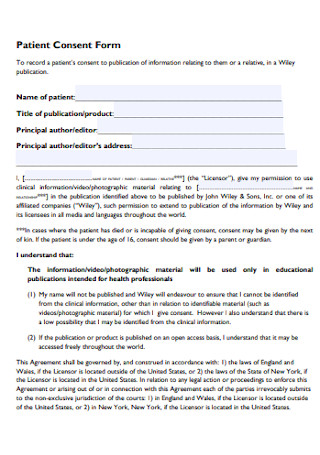
Patient Consent Form
download now -
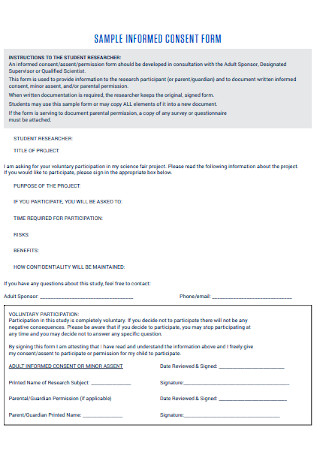
Sample Informed Consent Form
download now -
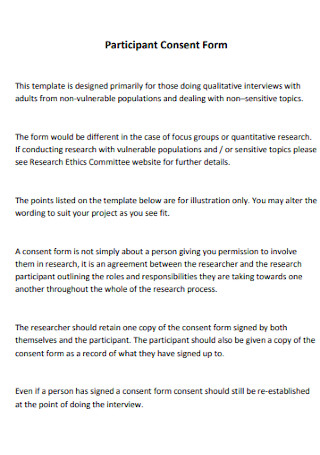
Participant Consent Form
download now -
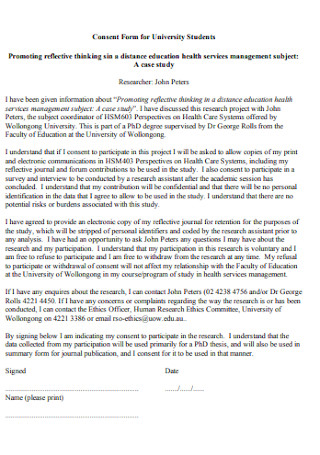
Consent Form for University Students
download now -
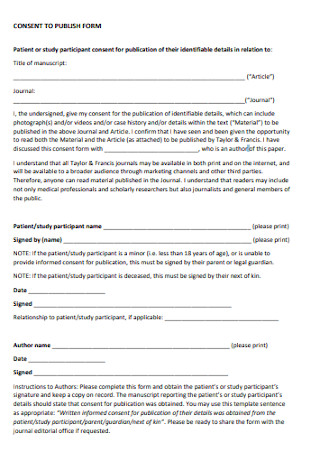
Consent to Publish Form
download now -
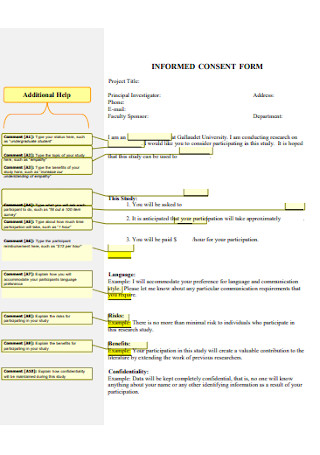
Informed Consent Form Template
download now -
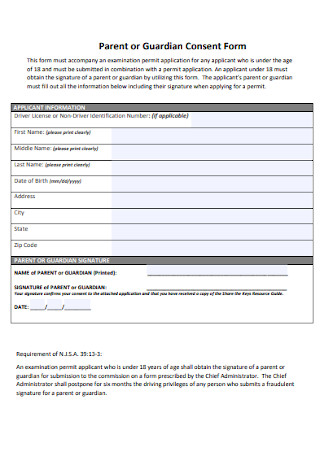
Parent or Guardian Consent Form
download now -
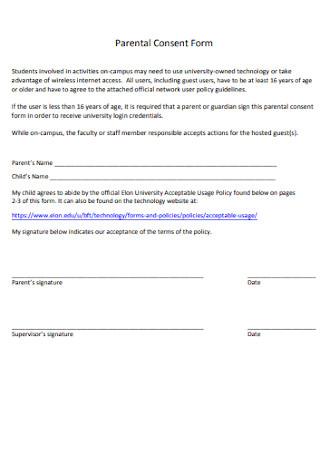
Parental Consent Form
download now -
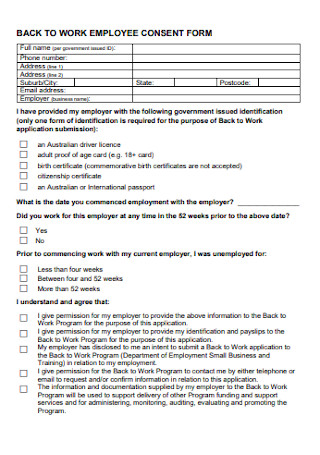
Employee Consent Form
download now -
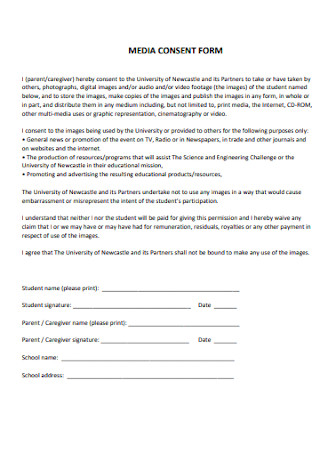
Media Consent Form
download now -

Participant Consent Form Template
download now -
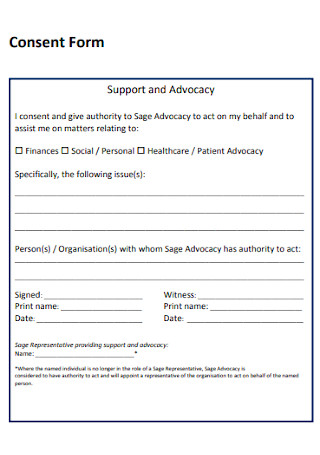
Consent Form Format
download now -
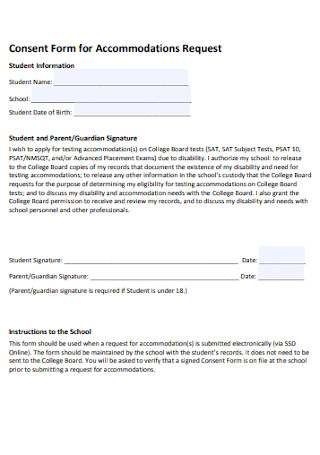
Consent Form for Accommodations Template
download now -
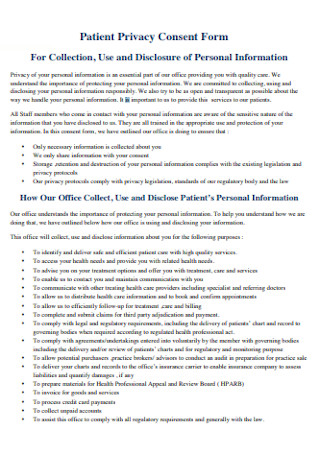
Patient Privacy Consent Form
download now -

Adult Consent Form
download now -
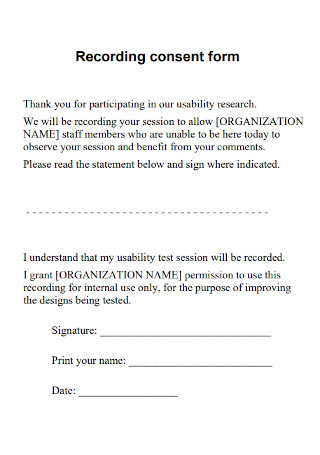
Recording Consent Form
download now -
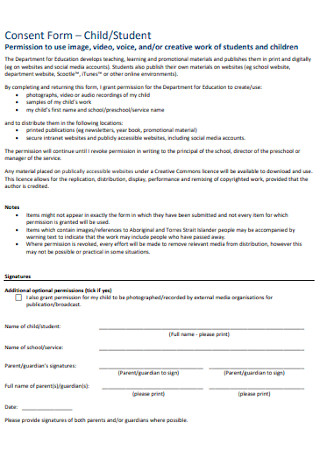
Child Consent Form
download now -
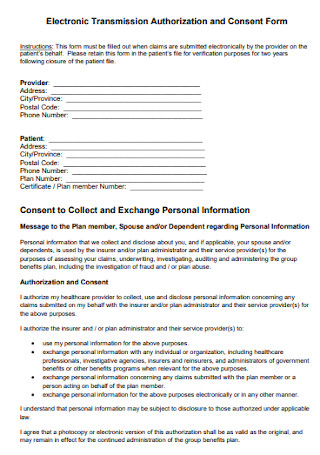
Electronic Authorization and Consent Form
download now -

Parental Test Consent Form
download now -
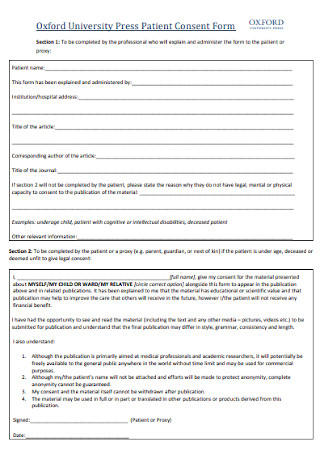
University Patient Consent Form
download now -
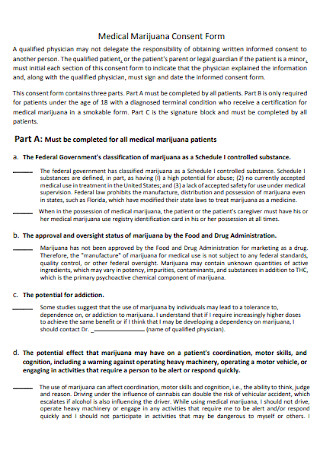
Medical Marijuana Consent Form
download now -
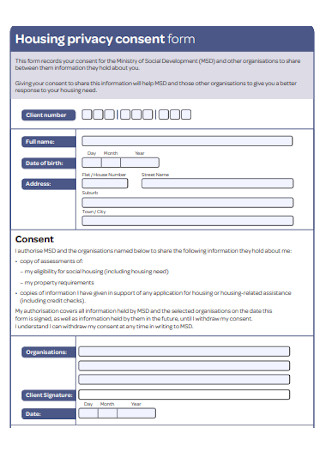
Housing Privacy Consent Form
download now -

Interview and Media Consent Form
download now -

Sterilization Consent Form
download now -
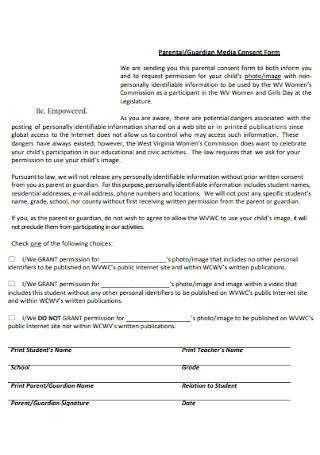
Guardian Media Consent Form
download now -

Guardian Consent Form
download now -
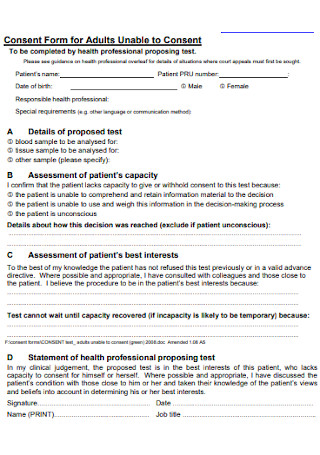
Consent Form for Adults Template
download now -
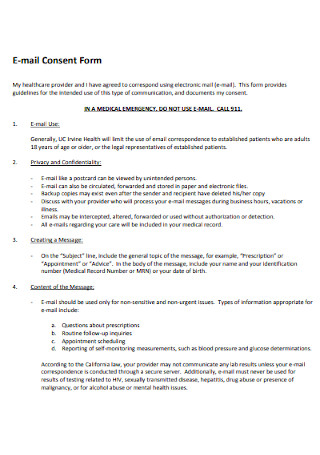
E-mail Consent Form
download now -
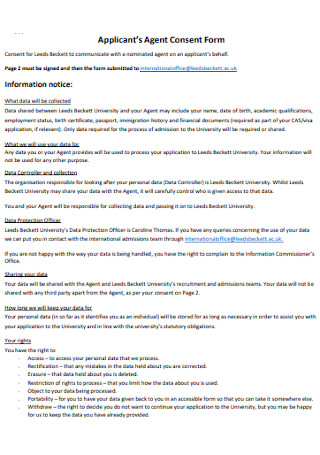
Applicants Agent Consent Form
download now -
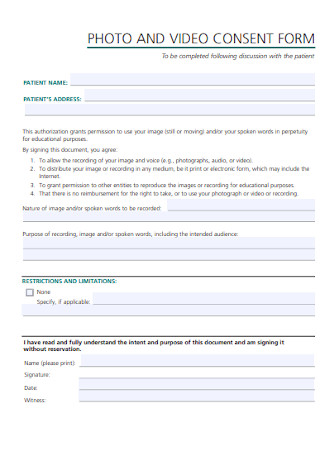
Vidio Consent Form Template
download now -
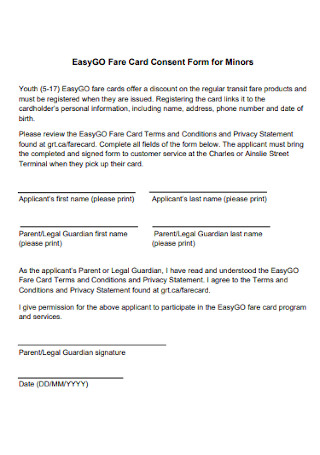
Consent Form for Minors
download now -
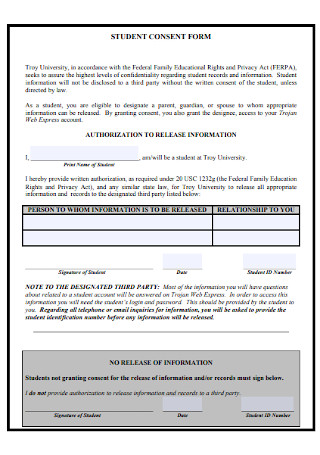
Student Consent Form Templates
download now -
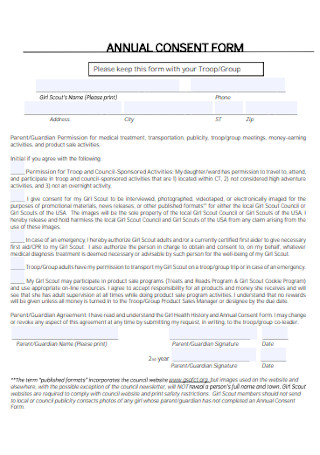
Annual Consent Form Template
download now -
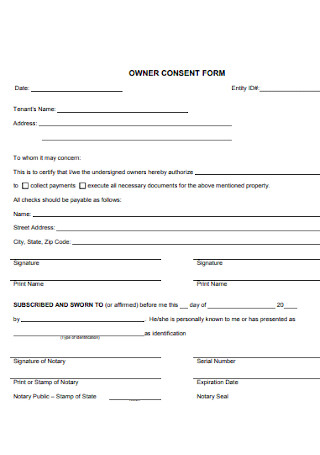
Owner Consent Form
download now -
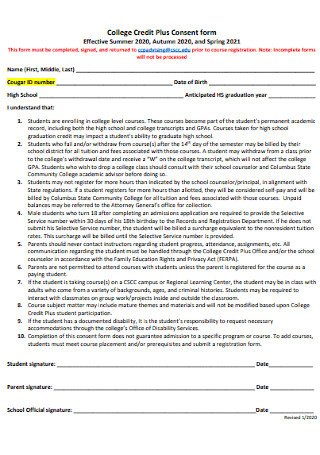
College Credit Plus Consent Form
download now -
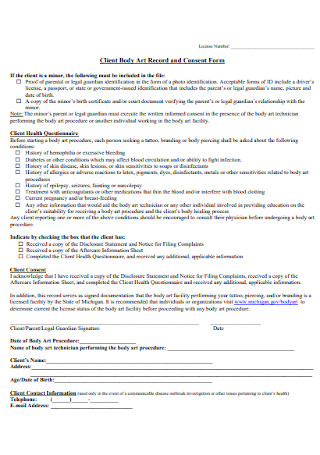
Client Body Art Record and Consent Form
download now -
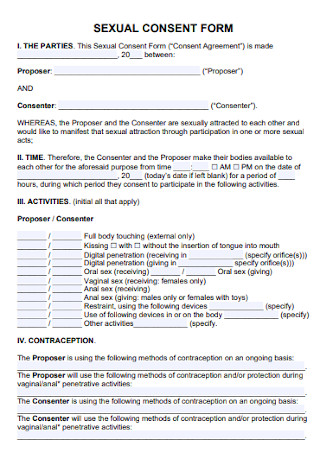
Sexual Consent Form
download now -
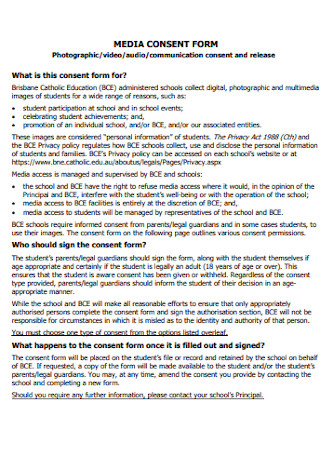
Media Consent Form Template
download now -
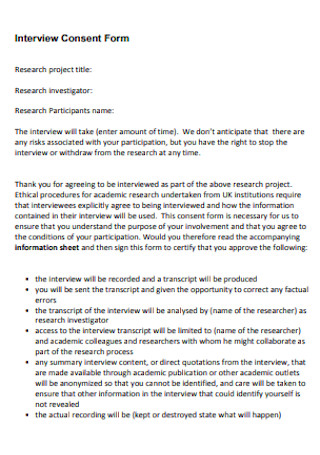
Interview Consent Form
download now -
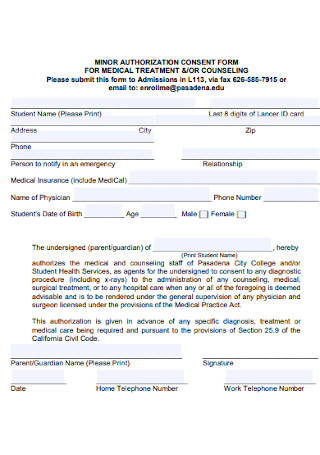
Minor Authorization Consent Form
download now -
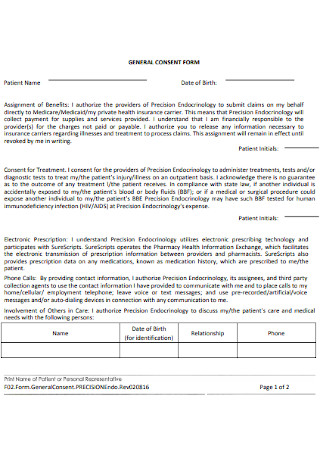
General Consent Form Template
download now -
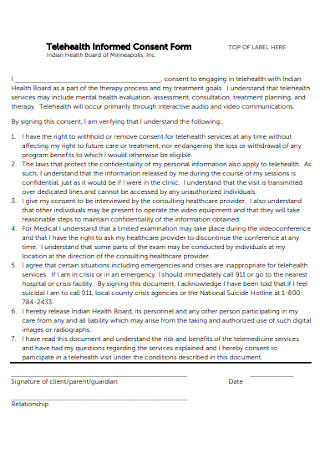
Telehealth Informed Consent Form
download now -
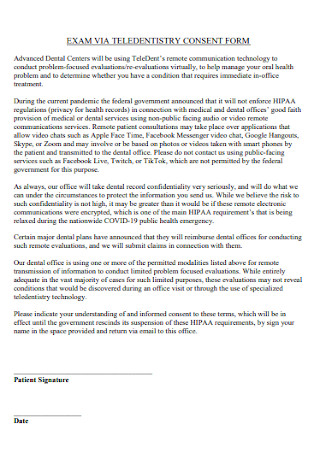
Exam Consent Form
download now -
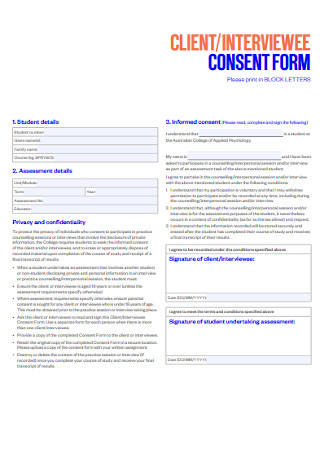
Interviewee Consent Form
download now -
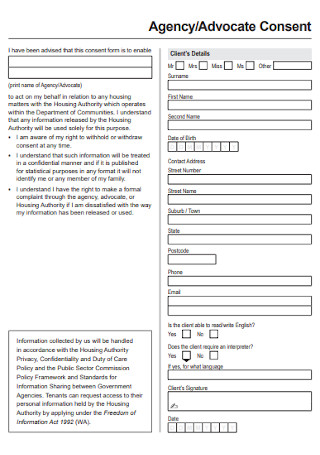
Advocate Consent Form
download now -
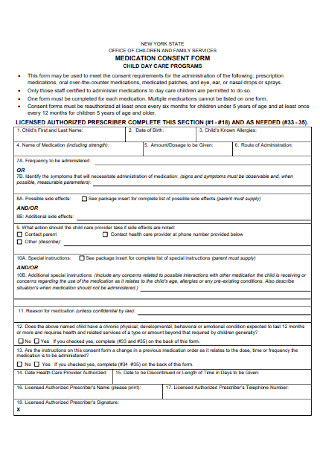
Medication Consent Form Template
download now -
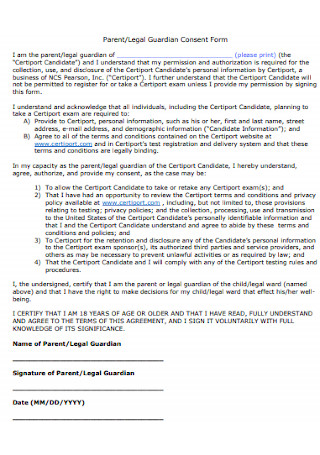
Legal Guardian Consent Form
download now -
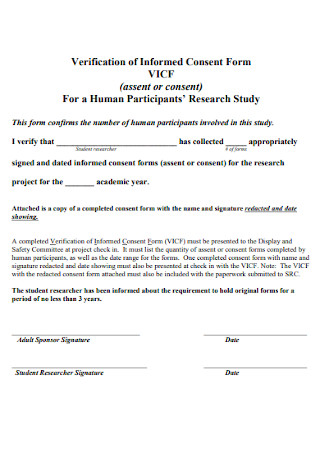
Verification of Informed Consent Form
download now -
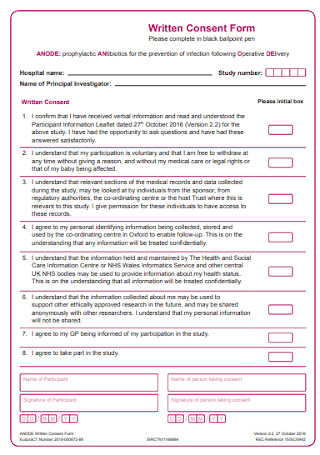
Written Consent Form
download now -
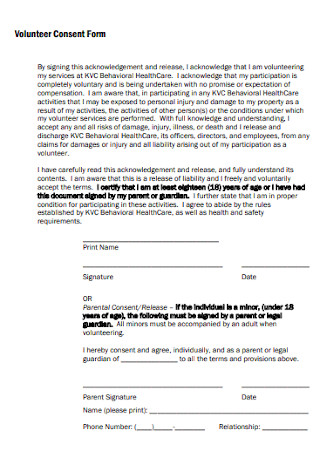
Volunteer Consent Form
download now
What Is a Consent Form?
The consent form is an official document that gives permission to someone to carry out specific duties or tasks. This signed tool is also essential in outlining the informed consent of a person for a clinical trial, surgery, research, or school purpose statement. The said document is expected to explain the consent covered and detail the activities involved. Without consent forms, there would be neverending conflicts in terms of liability. Hence, these documents are important for legal aspects, like determining who is to blame for a failed clinical trial with or without consent.
According to a 2017 study, 29% of patients did not participate in clinical trials since they were afraid of the treatment’s possible side effects.
On another note, the Rape, Abuse, and Incest National Network (RAINN) reported that a US citizen is sexually assaulted every 73 seconds.
What Are the Two Functions of a Consent Form?
Generally, a consent form has two primary functions. One example is when you wholly accept any risk analysis or cost involved in an activity. And this function is common for voluntary consent wherein someone of competent mind agrees to consent. The second example is when you accept consent on behalf of someone else. This function commonly applies to those involving minors, like when a child asks the parent or legal guardian to sign the consent form to join a certain class.
What Are the Elements of a Consent Form?
Indeed, a consent form is important, as discussed in its two main functions earlier. But are you aware of what a standard consent form looks like? Also, what are the common factors stipulated inside? In this segment, we outlined the common elements seen inside basic consent forms. And these are the following:
How to Create a Consent Form
Making a consent form runs through smoothly when you use our sample templates above. All you have to do is check out each template, edit its content, and download it afterward. However, how you wrote and edited the form’s content should not be taken lightly. Consent forms are official documents so they should be correctly made. And if you need help on how to make a consent form effectively, kindly follow these steps:
Step 1: Determine the Consent Form’s Purpose
It is vital to know the consent form’s statement of purpose and function ahead before even making it. Otherwise, the consent form might be irrelevant to how you wish to apply it. So are you creating the consent form for research, photography, video shoot, educational travel, or any aspect in particular? Note it down. If you chose a medical treatment consent, then expect the rest of the content and details in the form to be related to medical treatment. Bear in mind that unrelated data will lessen the effectiveness of the consent form.
Step 2: Insert the Relevant Elements in the Form
Can you recall all those elements of a consent form that were discussed earlier? Incorporate them individually on the form too. But be sure to focus on adding the relevant factors as not everything may be necessary. Most importantly, group the details you add according to their element down from the title to the signature line. For example, do not input the statement of declaration in the clause meant for activity procedures. And be specific in explaining everything since a wordy consent document without substance is still pointless.
Step 3: Organize the Data, Format, and Design
How the details are arranged in the form is important to note. Are the data analysis, format, and design organized in the first place? Sometimes it is hard to understand some information when there is no proper organization. Start by minding the basics down from the font size, font style, and margins. Are the words legible enough to read? Whether you need the consent form in PDF or MS Word format, you can also decide if it should be printed or just sent via email. The overall design and presentation should be embellished, as well.
Step 4: Mind the Tone and Language Used
In writing the full information and talking about consent, be mindful of your tone and language too. Since a consent form is an official document, it should display authorization in both language and tone. Informal words and statements are discouraged. If you use a consent form as evidence for legal purposes, it is only standard to ensure professional language is used. But, it does not mean you have to be archaic because simple yet understandable words would suffice; avoid complicating things.
Step 5: Implement an Easy-to-Follow Structure
Read everything you wrote and inputted in the form, and be in the shoes of whoever signs it. Do you think everything is clear enough? If not, then change some factors to make it clearer. Also, is the document easy to follow? If it seems difficult on how to complete the form, add instructions. At least instructions remind whoever signs the form to follow what is right. Once you are confident with the overall result of your consent form, launch it.
FAQs
What are the types of consent forms?
Consent forms come in different types. And the most common examples are educational, medical, entertainment, and business purposes.
What are the three types of educational consent forms?
Educational consent forms have three types that are categorized according to their function. One example is the disciplinary type, wherein the school permits the use of their disciplinary measures. Another is online consent, meaning a person receives access to the school’s internal network solely for education or research purposes. And the last example is for extracurricular activities, which requires the parent’s consent for a child to attend events after school for extracurricular activities.
What are the kinds of consent?
There are four kinds of consent—the implied, express, informed, and unanimous consent. And it is crucial to specify the kind of consent used to lessen confusion in consent forms.
Whether you are looking for a way to produce parental consent forms, activity waivers, model releases, or any consent form in general, download our sample consent form templates. With our templates, you are guided on how to structure the details for the document. Thus, starting from scratch is unnecessary. All you need is to complete the missing details and tailor the template according to how you prefer your consent form turns out to be. And since you already know the consent form’s meaning, importance, elements, and how to make it, your consent forms will surely pay off.
